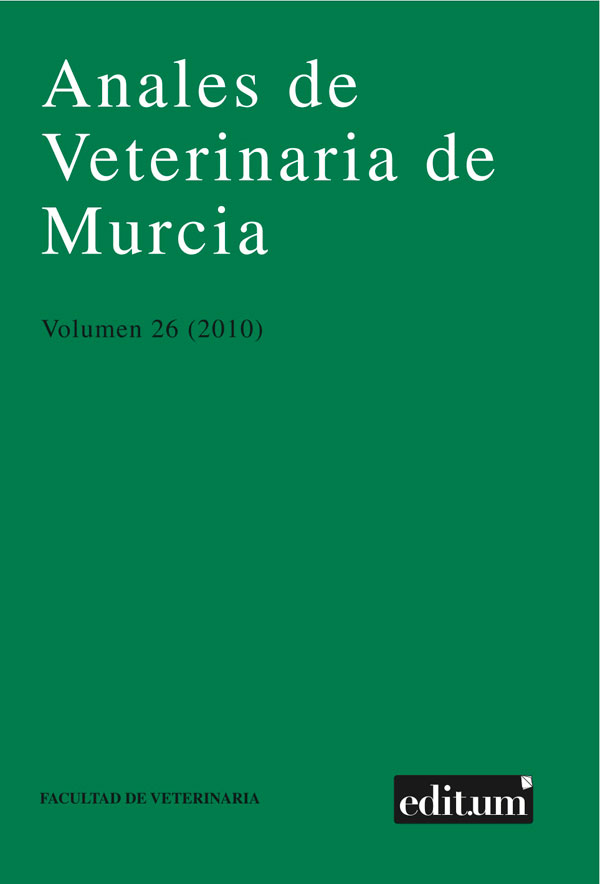Assessment of inorganic element exposure (Cr, Mn, Ni, Cu, Zn, As, Se, Cd and Pb) in great cormorants
Abstract
For this study, the levels of nine inorganic elements such as chromium, manganese, nickel, copper, zinc, arsenic, selenium, cadmium and lead, have been measured in different tissues coming from liver, kidney, muscle, bone and feather in great cormorant (Phalacrocorax carbo sinensis), which are installed in the Mar Menor coastal lagoon during the winter. We have had juvenile birds found dead on La Manga del Mar Menor coast. The analyses were made by inductive coupled plasma mass spectrometry (ICP-MS). Waterbirds are useful for biomonitoring contaminant exposure in aquatic ecosystems as they are on the top of food webs. The Mar Menor coastal lagoon (Murcia, Spain) has high ecological value which integrity is threatened due to impacts of mining and agricultural activities, and urban growing and touristic development that contributes with considerable quantities of contaminants, which can get into the food web joining different strata leading to biomagnification, endangering not only wildlife but also humans. Feathers are presented as an excellent sample for monitoring lead and chromium pollution. Kidney and liver are presented as the most appropriate sample for monitoring cadmium and selenium pollution. Lead and chromium levels are higher than those obtained by other authors from other geographic locations, while other element levels are lower. We have confirmed the utility in the biomonitoring of inorganic elements in great cormorant (Phalacrocorax carbo sinensis) from the Mar Menor coastal lagoon.Downloads
-
Abstract657
-
PDF (Español (España))416
Creative Commons Attribution 4.0
The works published in this journal are subject to the following terms:
1. The Publications Service of the University of Murcia (the publisher) retains the property rights (copyright) of published works, and encourages and enables the reuse of the same under the license specified in paragraph 2.
© Servicio de Publicaciones, Universidad de Murcia, 2019
2. The works are published in the online edition of the journal under a Creative Commons Attribution-NonCommercial 4.0 (legal text). You can copy, use, distribute, transmit and publicly display, provided that: i) you cite the author and the original source of publication (journal, editorial and URL of the work), ii) are not used for commercial purposes, iii ) mentions the existence and specifications of this license.

This work is licensed under a Creative Commons Attribution-NonCommercial-NoDerivatives 4.0 International License.
3. Conditions of self-archiving. Is allowed and encouraged the authors to disseminate electronically pre-print versions (version before being evaluated and sent to the journal) and / or post-print (version reviewed and accepted for publication) of their works before publication, as it encourages its earliest circulation and diffusion and thus a possible increase in its citation and scope between the academic community. RoMEO Color: Green.




